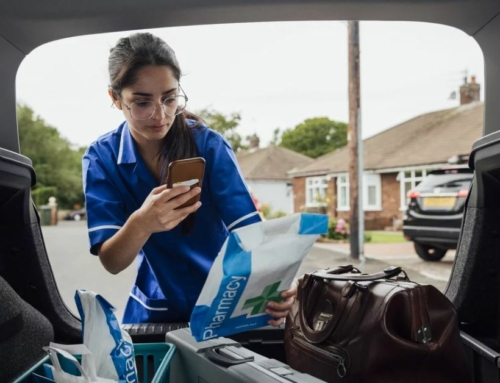As an Electrophysiology Specialist about to leave a long career at US hospitals, I have served as an Electrophysiology (EP) coordinator and technologist. We have always tried to live with the high device costs and demands from Electrophysiology vendors that run counter to our objectives, because we depend on the technical support for 3D mapping and the good device quality of leading manufacturers. As an example, Biosense Webster, the leading provider of EP technology in the US – and the supplier our doctors prefer – has consistently denied providing technical support in procedures where we use reprocessed sensor-enabled catheters, unless they are from Biosense Webster’s own reprocessing division, SterilMed.
Reprocessed EP devices have been used successfully in the US for decades, with no impact on patient safety or procedures outcome. This practice has been adopted by all leading US hospitals, and a sophisticated industry of regulated reprocessors follow strict regulatory guidelines and device-by-device review requirements to be able to offer reprocessed devices. Financially, using reprocessed devices not only makes sense; it is an economic necessity for many EP labs. Using reprocessed devices in an AFib procedure (one of the most common, fastest growing, and most expensive EP procedures) can reduce device costs in a procedure by around $3,000. This can make the difference between whether the EP lab is profitable or not – or sometimes between whether an EP procedure is offered to a complicated patient, or not. . .
Visit DotMed.com for the full article.









